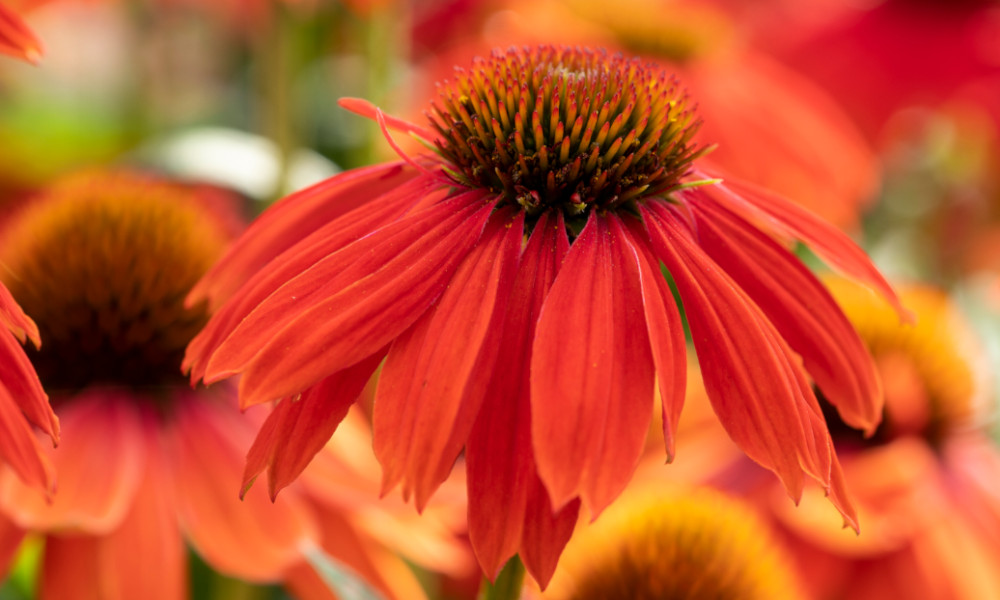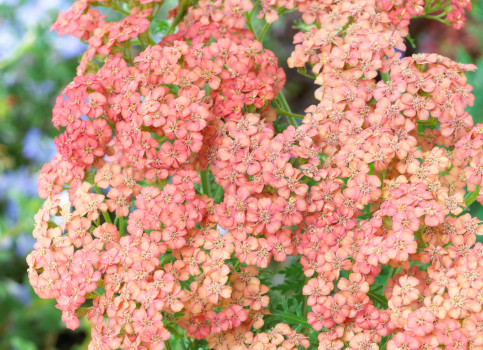How to Create a Prairie Garden
How to Create a Prairie Garden

Prairies are considered as great, desolate landscapes, normally found in sparse areas of America. Prairies depict a notion whereby foliage is the core feature, creating architectural structure with a key focus on weaving textures, heights and a naturalistic aesthetic that not only encompasses your garden, but creates a certain type of laid-back lifestyle.
If you have poor soil, apply a generous amount of compost, rotted leaves or manure and mix thoroughly to the native soil. This is particularly important for heavy and sandy soil types. This will improve drainage for heavy soil and will aid in the retention of nourishment in sandy soil.
Planting a Prairie Garden
- Prairie gardens are commonly made up of grasses and foliage creating swathes of texture and architecture. The ratio of foliage to flowers is completely up to you, although grasses will allow for late seasonal impact within your garden.
- Unlike other garden styles, prairie gardens create impact from incorporating large clusters of plants, set into thick batches to form a dramatic visual effect.
- Plant grasses in groups of around 20-30, choosing taller varieties such as Pennisetum to create height at the back of a border and combine with low growing varieties such as Imperata and Festuca.
- Suitable flowering varieties are those with striking, strong and rigid features such as Eryngium, Allium and Echinacea which will form large ribbons of colour amongst an abundance of lush foliage.
- Once these blooms have finished flowering, they often produce exquisite winter interest where regal stems and seed heads are still intact, decorated with divine frost particles during the colder months.







